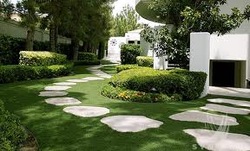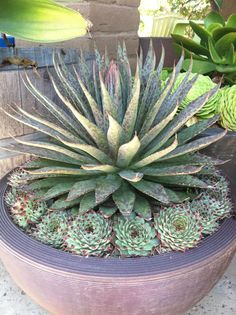 Synthetic Lawn Synthetic Lawn For large commercial properties, water costs can be a large part of the budget, particularly in the late spring, summer and early fall. It is important to review your water usage through a thorough irrigation audit, as well as assess the current type of landscaping. A water-efficient, sustainable landscape can reduce water use by 25-55%. - Place plants with similar water needs together for more efficient use of water - Use plants that are native to the region. Once they are established, they will require little to no water. - Apply a ground cover over planter beds, such as gravel or mulch to help retain water and help prevent water-consuming weeds from cropping up. - Convert turf areas to synthetic lawn or gravel, or choose a grass type that requires less water. Buffalo or Bermuda grass need 20% less water than other species.
1 Comment
 Living in our high desert climate in Santa Fe, factored with an ongoing drought, high water costs, and increasing concern over environmental impact of human existence, the need to emphasize sustainable landscaping is more important than ever. Sustainable landscaping is defined as a landscape management program that has developed in response to environmental issues that focuses on reducing waste and environmental impact. As any commercial property owner or manager knows, maintaining landscaping is a considerable expense. However, costs can easily be minimized by converting to a more xeric, sustainable landscape, without sacrificing aesthetic appeal. Sustainable landscaping solutions include: |
ArchivesCategories
All
Aspen Trees
Best Vines For Santa Fe
Cacti
Commercial Landscaping
Commercial Properties
Diy
Drought Tolerant Plants
Flowering Vines
Flowers
Flowers For Santa Fe
Flowers In New Mexico
Gravel
Hardscaping
Home Plant Decor
Irrigation
Landscaping Tips
Perennials
Ph Testing
Residential Landscaping
Rock Garden
Santa Fe Landscaping
Soil Testing
Solar Lighting
Spring
Succulents
Sustainable Landscaping
Tent Caterpillars
Vines
Water Saving Tips
Water Sensor
Xeric
Yucca
|

